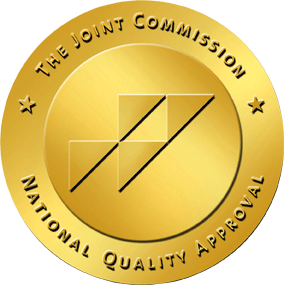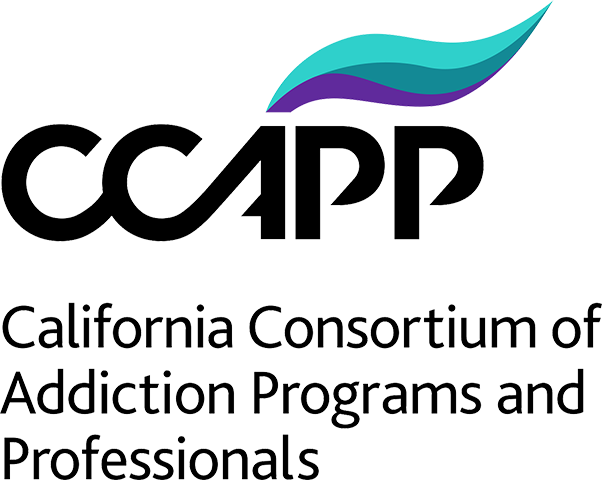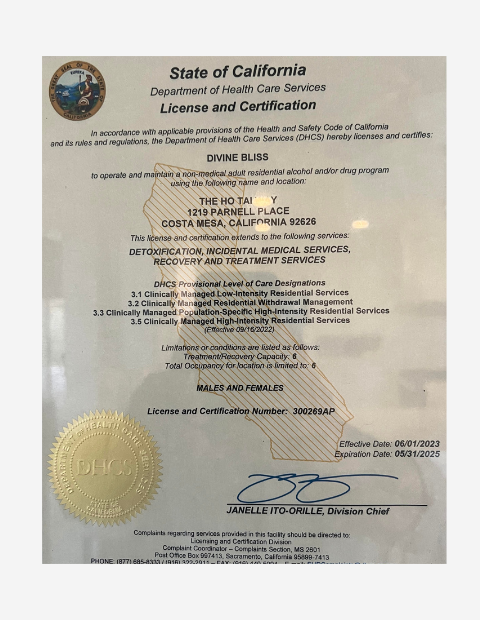Meditation and mindfulness are easier than you might think. Perhaps you envision a monk sitting cross legged on the floor chanting with eyes closed. If so, you are not alone. Many have this image associated with those words.
What Exactly is Meditation?
The Cambridge Dictionary defines meditation as “the act of giving your attention to only one thing, either as a religious activity or as a way of becoming calm and relaxed” or “serious thought or study, or the product of this activity.” Meditation can include many of the activities you likely already do.
Meditation is not about completely clearing or controlling your mind. You might not even experience an epiphany. The important thing about meditation is training your mind to present awareness.
A couple of common activities that use meditation are golf and yoga.
Have you ever watched golf on television and noticed how quiet everyone is? Even the announcers seem to whisper. The reason is that the golfer needs to pay attention to the golf swing. In that moment, golf can be meditative. Even if you are not a golfer, you can appreciate the need for focus and attention. Try thinking about activities you enjoy that require those components.
Yoga is about quieting a busy mind. The goal is not to achieve a blank mind, but rather to focus on something specific. It is common to drift between thoughts or become distracted. When you become aware of drifting, just bring your thoughts back.
What is Mindfulness?
Jon Kabat-Zinn is often recorded as the father of mindfulness. His definition is the intentional awareness of the present moment without judging it. The nonjudgment piece is where many get caught up.
For example, a person with several months of sobriety suddenly gets a craving or a thought about using judges the thought. “I shouldn’t think about using. Why am I thinking about using after so long? I knew I couldn’t stay sober for long.”
Rather than just noticing the thought about using and letting it be, we typically judge thoughts that we deem “negative.” What if instead, the person said to themselves, “Huh, I notice the thought about using, I wonder what that is about?” This shift in awareness can help bring focus back to the thought without the need to act upon it.
How Can Paying Attention to My Thoughts Prevent a Relapse?
It sounds counterintuitive to pay attention to a using thought. In reality, this awareness to the thought means that you no longer need to impulsively react to the discomfort. One study showed that people who engaged in a mindfulness-based relapse prevention program relapsed less frequently. They were also able to maintain sobriety for longer periods.
When we automatically reach for something to comfort our uncomfortable thoughts, we are driving on autopilot. Autopilot is reacting without thinking. If we are intentional about our thoughts, we no longer need to reach for that drink or drug to ease our discomfort.
What are Some Ways I Can Practice Meditation or Mindfulness?
- Commune with nature.
Take a walk in your neighborhood, or a nearby trail. What do you see? What do you smell? What do you hear? What do you feel? What do you taste? The point is to use all your senses to be present in this moment. Notice the beauty of nature around you.
We breathe without thinking, but what happens when we intentionally breathe? There are many benefits like stress reduction, better oxygen exchange, blood pressure stabilization, and slower heartbeat. To properly deep breathe, the belly needs to move, not the chest. Simply, pretend you are smelling a beautiful bouquet of flowers (inhale breath) and then blowing out your birthday candles (exhale breath).
This can be done sitting or lying down. Also known as progressive muscle relaxation, body scans help alleviate tension and stress. Take some deep breaths first to settle yourself. Then starting at the top of your head working down to your toes, intentionally tense and release each muscle group. Focus on each body part and notice any sensations, emotions, or thoughts that arise. When you finish, scan for any residual tension and focus on that muscle group.
- Formal exercise.
If you go to the gym or some other form of exercise, you likely are focused in the moment. So as not to hurt your muscles, awareness and attention to your form is crucial. The next time you do a plank or any other exercise, pay attention to where your mind is focused.
Guided imagery helps manage stress by using your imagination. One way is to imagine and visualize the stress leaving your body. With that image, you could imagine the thought of cravings slip away too. One study found that persons with breast cancer experienced less stress and a higher quality of life with guided imagery.
- Yoga
The main focus of yoga is the mind-body awareness, more so than the physical posture. The point is to help you cultivate mindfulness. When you practice yoga, you can ask yourself how your breath is, is it shallow or deep, or is it slow or fast? Is your mind wandering, perhaps wondering when the next pose is?
Music can enhance mindful experiences, especially with instrumental pieces. If classical music is not your speed, there are plenty of songs that have instrumental solos. Choose a piece that can help you relax. Focus on the music. If your mind wanders, bring it back to the music. One song can be enough time to reduce stress and restore energy.
If using thoughts arise, it does not mean that you must give in. Notice any sensations in your body, and just notice the thought without judging it. The more you practice mindfulness, the easier it becomes.
Contact The Ho tai Way – Recovery for Women to learn more about mindfulness and meditation. Call (714) 581-3974.









